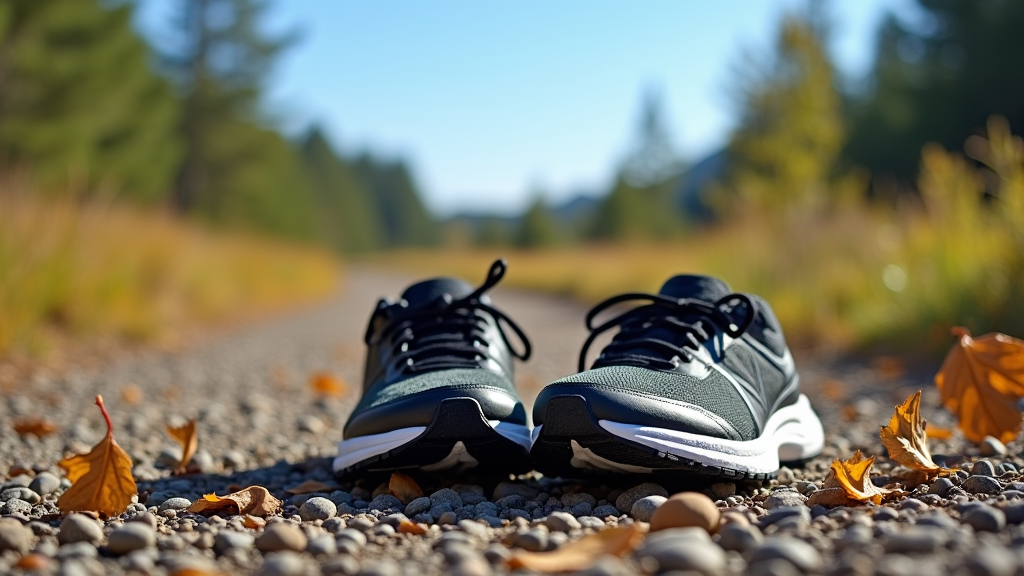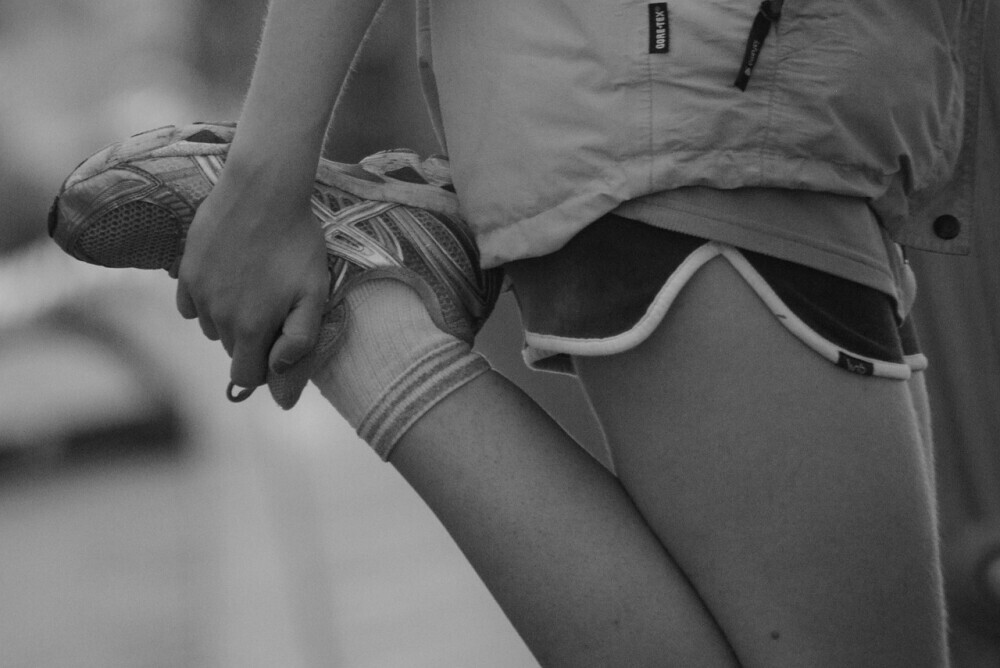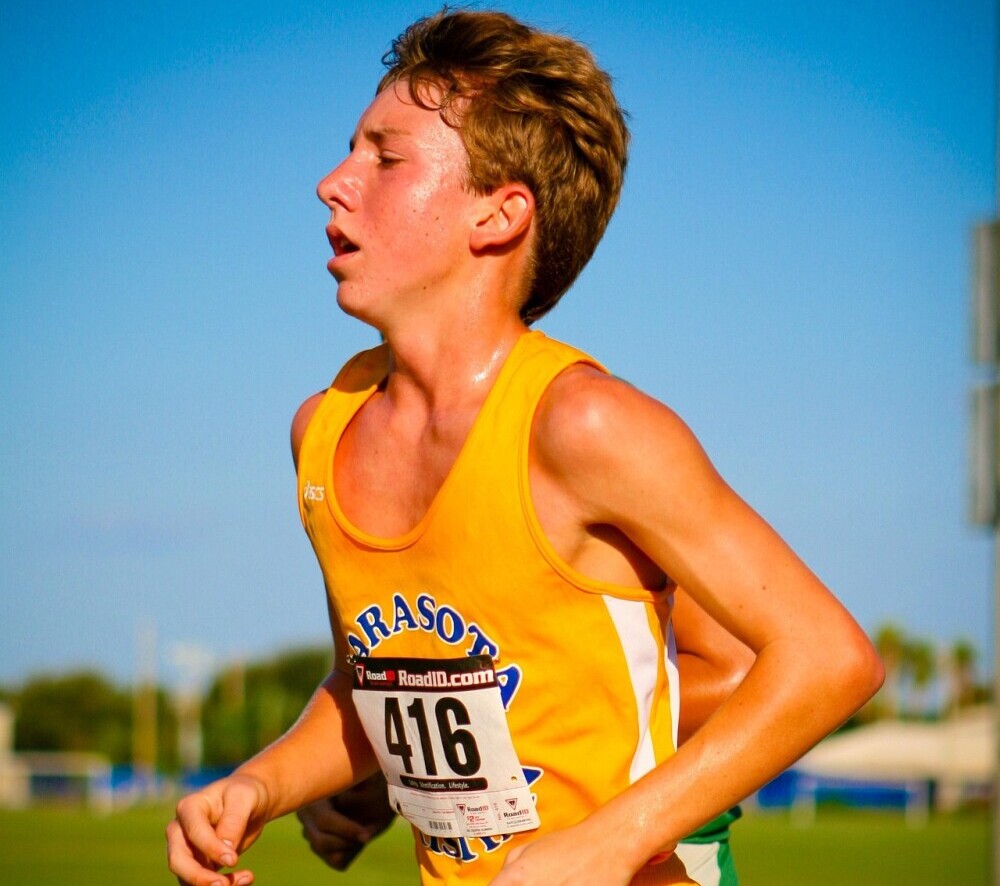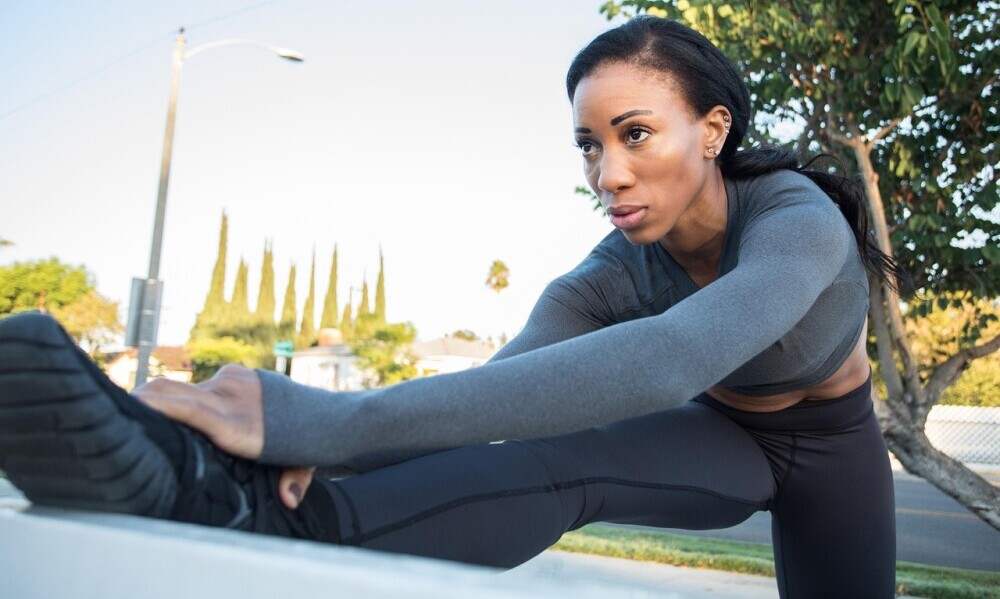Cooling down after a run is something I always do because I tend to continue sweating long after I stop running. Sweating and evaporation is the main way our body controls our internal temperature. Taking the time to slow your pace, stretch your muscles, and allow your body to recover can make a noticeable difference in how you feel after a run. This article discusses various ways to cool down and lower your body temperature, including cool down stretches after a run, the best cool down routines, and quick ways to help your body reset after a long run.

Understanding the Importance of Cooling Down
Cooling down is a deliberate process that helps prevent muscle stiffness and soreness while allowing your heart and respiratory rate to gradually decrease. When you push your body hard during a run, your heart rate spikes and muscles generate and retain heat. A proper cool down aids the transition back to your resting state.
It is important to remember that simply stopping abruptly might cause muscle tightness and a feeling of fatigue. By including a series of mild exercises and stretches, you improve blood circulation and reduce the chance of injury. Whether you’re a beginner or an experienced runner, understanding why and how to cool down can give a boost to recovery and help you get back to your next run faster.
After running, your muscles adapt and recover better if they are slowly reintroduced to lower-intensity activity. Spasms and cramps become less likely, and the overall feeling of exhaustion is greatly diminished. This practice can ultimately improve your performance over time while keeping your body healthy and ready for your next challenge.
Effective Cooling Down Techniques
There are several approaches you can take when cooling down after a run. In this section, I will describe a few techniques that have proven to be effective, including cool down stretches after a run, light exercises, and proper hydration to lower body temperature after a run.
One of the simplest methods to transition your body from high intensity running to a resting state is to start off with a slow walk. Spending about five to ten minutes walking allows your heart rate and breathing to recover closer to normal levels gradually. Following the walk, incorporating a range of stretches targeting the major muscles used during your run is beneficial

Stretching not only lengthens tight muscles but also boosts circulation and flexibility. Here are some cool down stretches that are highly recommended after a run:
- Calf Stretch: Find a wall and lean in with one leg extended behind you. This helps relieve tension in the calf muscles, which tend to work hard during every stride.
- Hamstring Stretch: Sit on the ground with one leg extended and gently lean forward. This stretch is excellent for releasing the hamstring muscles at the backs of your thighs that often tighten during running.
- Quadriceps Stretch: While standing, pull one foot behind you towards your buttock. This simple stretch can ease pull on the front thigh muscles and reduce stiffness.
- Hip Flexor Stretch: Step one leg forward into a lunge and lower your hips. This move helps in relaxing the muscles around your hips and lower back, which often bear the brunt of prolonged running.
- Lower Back Stretch: Lie on your back and gently twist your legs side to side. This helps in easing up any tension in your lower back area after a long run.
These cool down stretches after a run can be adjusted based on personal flexibility and comfort. The aim is to maintain a gentle, sustained hold on each stretch without any significant pain, ensuring that your muscles are relaxed and elongated for optimal recovery. And by the time you finish stretching your heart and respiratory rate should be recovered to near normal.
Cooling Down After a Long Run
Cooling down after a long run requires extra attention. When you’ve been on the move for an extended period, your body has been under considerable stress and requires a thoughtful cool down strategy. The best cool down after a long run incorporates both movement and static stretches to gradually lower your heart rate and muscle activity.
Begin your cool down routine by continuing to run at a significantly slower pace. Transition into a brisk walk until you feel your breathing is returning to near normal levels. The idea is to allow the body’s temperature to gradually lower rather than ceasing activity too suddenly, which can lead to stiffness.
Post-run stretches are especially important when your run was intense or lasted a longer duration. In addition to calf, quad, and hamstring stretches, focus on flexibility exercises that target your hip muscles, lower back, and even your shoulders if you’ve been swinging your arms vigorously.
Extra attention to hydration while cooling down also helps lower your body temperature after a run. Drinking water or an electrolyte solution assists in rebalancing your body’s fluids lost during the run and helps maintain a healthy recovery process.
Incorporating deep breathing exercises can further step up the slow state you’re trying to achieve, as controlled breathing not only relaxes the muscles but also supports the mind-body connection.
Rapid Cooling Down: How to Lower Body Temperature Quickly
Some days, you might be eager to cool down quickly, especially if you’re running in hot weather. The fastest way to cool down after a run focuses on lowering body temperature through rapid techniques. While these methods might not replace a full cool down session during training days, they can be quite useful after particularly strenuous high temperature runs or if you are pressed for time.
As I mentioned, I tend to sweat easily and profusely. Sometimes I just want to clean up quickly and move on with my day. Cooling down is key to controlling perspiration. An effective strategy to quickly reduce body temperature is to combine physical and environmental cooling techniques. After your run, find a shaded or air-conditioned space where you can gradually lower your body temperature. Placing a cool towel on your neck or taking a few minutes to splash cool water on your face and arms is a practical way to start. Consider a cold drink or even taking a cool shower. These methods work together to help in reducing the initial post-run heat more quickly and allow you to proceed with more detailed stretching and recovery routines without overheating.

Frequently Asked Questions
Question: What are the best cool down stretches after a run?
Simple stretches such as the calf stretch, hamstring stretch, quadriceps stretch, and hip flexor stretch work wonderfully together. Holding each stretch for 20-30 seconds helps in gradually releasing tension in your muscles.
Question: How do you cool down after a run?
A proper cool down includes slowing your pace gradually, engaging in a walk, followed by static stretching and deep breathing. Hydration and possibly a cool shower or towel will help safely lower body temperature after a run.
Question: What is the fastest way to cool down after a run?
If you need a quick cool down, a combination of immediate hydration, applying a cool towel, and finding a shaded area to relax for a few minutes can be effective. While this might not replace a full cool down routine, it provides rapid relief from intense heat exposure.
Additional Tips for a Better Cool Down
For those looking to take their recovery routine a step further, here are some extra tips to consider. Set aside a few extra minutes after your run to simply relax in a quiet space. This is not just about physical recovery; it’s also about calming your mind after an intense workout. Taking the time to reflect on how you feel and listening to your muscles can turn your cool down into a mini meditation session.
Another tip is to incorporate gentle self-massage or use a foam roller on areas that feel particularly tight. Spending an extra few minutes on areas like your calves, thighs, and lower back can help break up tension and improve blood circulation. Doing so not only helps ease any post-run soreness but also sets you up for a faster recovery in future workouts.
Consider also the benefits of combining hydration with nutritional intake. A small, healthy snack that includes protein and carbohydrates can assist in muscle repair and energy replenishment. Pair this with your hydration strategy, and you are giving your body the best chance to recover fully.
By experimenting with these extra steps and adjusting them based on your personal needs, you can develop a customized routine. Remember, every runner is unique, and small adjustments in your cool down may led to big improvements in how you feel day after day.

Wrapping It Up
Cooling down after a run is an essential part of any workout routine. While the run itself is the centerpiece, the recovery process sets the foundation for improved flexibility, a reduced risk of injury, and better performance in future training sessions. Regardless of the cooling method you choose, the goal remains consistent. It is about allowing your body to safely transition from intense activity back to rest.
Every step taken during your cool down—from a slow walk to mindful stretching—serves to reset your body and boost recovery. Paying attention to these details not only helps prevent muscle soreness but also prepares your body for the next challenge ahead.
Your body will thank you for the extra care and attention, helping you to run stronger and recover faster with every workout.


Very insightful article on the post workout stretches needed to cool down after a good run. I especially appreciated the descriptions of the exercises as someone who is visually impaired text face descriptions are extremely helpful. Are there any super foods or any kind of fruit or any sort of Whole Foods that you would recommend snacking on after a run to help recover what your body loses naturally during the sweating and working out process?
Hi William,
I got into the habit of eating a banana or an apple after running along with plenty of water. I learned this at the many races I used to run. At the finish of 5K or 10K there were always lots of apples and bananas available. Those fruits and water always provided a fast recovery.
When I would run longer races like a 10 mile or half marathon, at the finish there were always the usual apples and bananas and also bagels for extra carb replacement. And of course, plenty of water. So, that’s it, keeping it simple is all it takes.
I am happy that you found my verbal descriptions helpful. Most of the time we take our senses for granted and don’t think much about the reality that some people have other requirements.
Thanks for reading my article.
I think this was a really helpful post! I usually switch between jogging and walking when the weather is nice—once I get tired, I slow down for a bit, then resume the exercise. Same thing at the gym on the treadmill. I always try to cool down at the end, and this article reminded me why it matters. The tips about stretching and staying hydrated were great. Definitely something I’ll keep in mind more going forward.
Hi Mohamed,
Slowing down or walking for a short time is a good strategy. Anything that keeps you on track without over-doing it is smart. Staying committed and consistent is the goal.
Thanks for reading my article.
Kevin